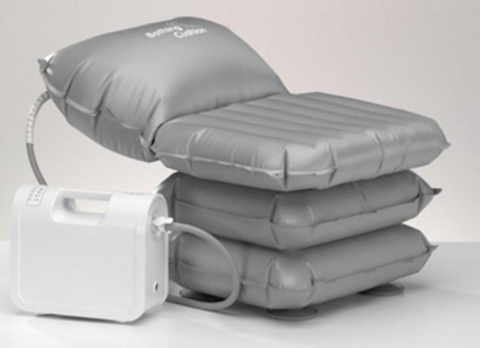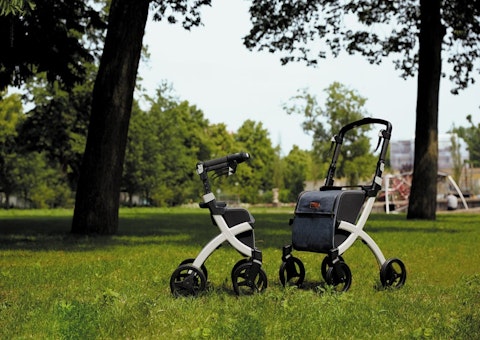
14 Apr 2025
For Help and Advice call: 01524 888453
Our blog07 Mar 2025
Choosing the right bed and chair height is essential for maintaining independent living, particularly for older adults, people with disabilities, and individuals with mobility challenges. The correct height improves comfort, accessibility, and fall prevention, making daily activities such as getting in and out of bed or standing from a chair easier and safer.
If furniture is too low, it can make standing up difficult, putting strain on the knees and joints. If it’s too high, getting into position may require excessive effort, increasing the risk of losing balance. Finding the perfect height for your bed and chair can significantly improve mobility and support an active, independent lifestyle.
A comfortable and accessible bed height allows a person to sit with their feet flat on the floor and their knees at a 90-degree angle when sitting on the edge of the mattress. This positioning makes it easier to shift between sitting and standing.
For most people, an ideal bed height ranges between 22 to 24 inches (56 to 61 cm) from the floor to the top of the mattress. However, personal factors such as height, balance, strength, and flexibility influence what works best for each individual.
If your bed height isn’t ideal, there are several ways to modify it for improved comfort and mobility support:
A properly adjusted bed height reduces strain on joints, enhances stability, and supports independence, making daily movement easier.
A well-adjusted chair height is just as important as bed height when it comes to fall prevention and comfortable movement. Chairs should be at a height that allows users to place both feet flat on the floor, with their knees at or slightly below hip level.
For older adults and those with mobility issues, a recommended chair seat height is around 17 to 19 inches (43 to 48 cm) from the floor to the seat. This height supports safe and stable transitions between sitting and standing.
The risks of improper chair height
If your chair is at an inconvenient height, here are some solutions:
For those who struggle with sitting down or standing up, investing in a rise-and-recline chair may be beneficial. These chairs use an electric mechanism to gently tilt forward, reducing the effort needed to transition between positions.
The correct bed and chair height is not just about comfort, it’s a key factor in maintaining independence, preventing falls, and reducing strain on joints. Adjusting furniture height can make a significant difference in daily mobility and quality of life, helping individuals stay active and self-sufficient.
Key benefits of optimising bed and chair heights:
If you or a loved one needs mobility aids, bed risers, chair raisers, or other independent living solutions, take a look through our wide range of products designed to support safety, comfort, and independence in everyday life.
14 Apr 2025
04 Apr 2025
27 Mar 2025

